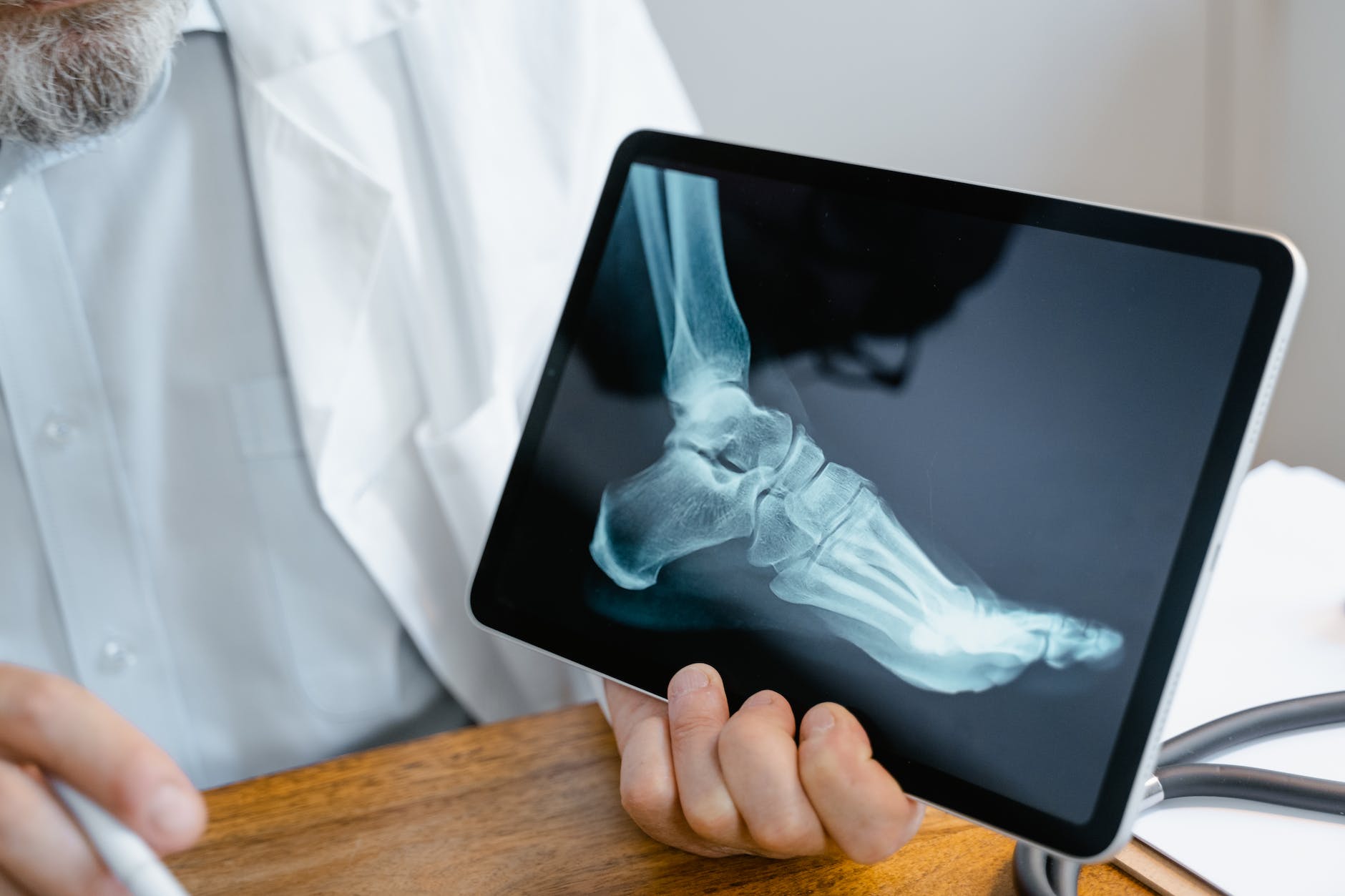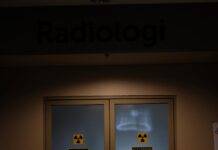
Radiography Hazards and Precautions
Introduction
Radiography Hazards and Precautions : Radiography, a non-destructive testing method used in various industries, plays a critical role in identifying defects and ensuring the integrity of materials and structures. However, it involves ionizing radiation, which can be hazardous to both workers and the public if not handled with care. This article examines the potential hazards associated with radiography and outlines the precautions necessary to ensure the safety of personnel and the environment.
Radiography Hazards:
- Ionizing Radiation Exposure: Radiography relies on ionizing radiation, such as X-rays or gamma rays, to penetrate materials. Prolonged or high-level exposure can lead to radiation burns, tissue damage, and an increased risk of cancer for personnel and anyone nearby.
- Electrical Hazards: Radiography equipment operates using high voltage, which poses the risk of electric shock or burns if not properly maintained or handled.
- Contamination: Radioactive materials used in radiography can lead to contamination of equipment, surfaces, or personnel if not managed and contained appropriately.
- Equipment Malfunctions: Technical malfunctions in radiographic equipment, such as failure to shutter or unintended exposures, can result in unintended radiation exposure.
- Transportation Risks: Transporting radioactive materials to and from worksites can expose workers to potential accidents, spills, or theft, which may result in dangerous situations.
Precautions to Ensure Safety:
- Radiation Safety Training: Provide comprehensive radiation safety training to personnel involved in radiography, emphasizing the risks, proper procedures, and the use of radiation monitoring equipment.
- Qualified Personnel: Ensure that radiography work is conducted only by trained and certified radiographers who are knowledgeable in radiation safety.
- Radiation Monitoring: Use dosimeters and radiation detection instruments to continuously monitor radiation exposure levels for personnel and ensure they stay within permissible limits.
- Controlled Areas: Establish restricted access zones with clearly marked boundaries around radiography work areas to prevent unauthorized personnel from entering.
- Safety Barriers and Shielding: Implement appropriate shielding and protective barriers, such as lead aprons, to minimize radiation exposure to workers and the public.
- Personal Protective Equipment (PPE): Mandate the use of PPE, including lead aprons, gloves, and radiation badges, for individuals working with or in proximity to radiographic equipment.
- Equipment Inspection and Maintenance: Regularly inspect and maintain radiography equipment to prevent malfunctions and ensure safe operation.
- Transportation Safety: Safeguard radioactive materials during transportation by using secure containers and following established procedures for handling and storage.
- Emergency Procedures: Develop and practice emergency response plans for radiographic incidents, including accidental exposure or equipment failure.
- Regulatory Compliance: Adhere to all relevant regulations and guidelines governing radiography and radiation safety, and keep records of equipment calibration and personnel training.
How to Calculate Radiation Safe Distance in Industry
Radiography Safety Toolbox Talk Meeting
Conclusion
Radiography is a valuable tool for assessing the quality and integrity of materials, but it must be conducted with extreme caution due to the inherent radiation hazards. Ensuring the safety of workers and the public requires strict adherence to safety protocols, ongoing training, and the use of radiation monitoring equipment. By implementing comprehensive safety measures and maintaining regulatory compliance, organizations can harness the benefits of radiography while minimizing the associated risks and protecting the well-being of all involved.
























